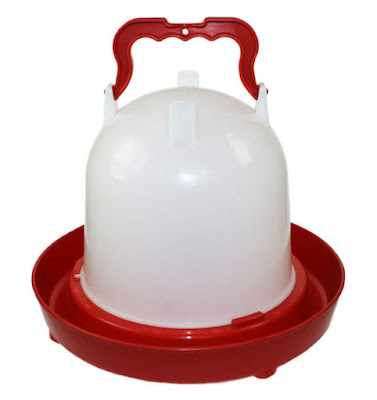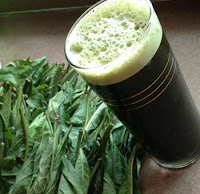This is going to
be an amazing story on how I made a sum of N 50, 000 when I put my Chickens for
Sale. What happened was that, I needed
to off load some of my pullet (laying pullets) as a result of overcrowding.
Then, I informed few of my friends that I want
to off load few of the pullets in my farm just for a reason know to me. At first,
they thought I was joking but few days later they realize I was serious about.
 |
| jaspafarm |
You know what
they ask? How are you going to do it? That is how, are you going to sale it at
a convenient price. I just laughed at them, why? Because I knew I am going to
sell it at a convenient price.
Now do you want to know how I sell them after I put
my Chickens for Sale. But before I continue, do not be discourage on anything
you have in mind to do, no matter the circumstances around you, due to what I had
at this period I was not discourage, rather I summon courage. Now the steps in
details
Knowing the number of Chickens for Sale
The first step
was identifying the number of chickens I want to offload from the farm, you
know, you cannot just sell your pullet like that, in other not to run into
shortage.
You must, as a matter of compulsion identifying the number of Chickens
for Sale, this will guide you on the price tag and Identify a good buyer. Selling
large number will bring different buyers and you may find it hard in tagging
price on them, why?
They are to buy in large numbers, as well you need to
subsidize for the price. Not only that, you may not be able to control you
emotion when they enticed you with money, mainly when you are not planning to
sell large number from the flock.
Therefore it is very important to identify
the number you want to sell before any other thing, I think this is clear,
good.
Selection of Chickens for Sale
 |
| jaspafarm |
This is another
important issue to discus, you must select what you want to off load from among
the flock. It will be at your own risk and shortage by allowing your buyers to
select from the flock, the pullets they want buy from you.
The danger here is
that, they will be selecting the best from among the flock which you will not
be happy at.
But if you had select what you want to sell, they will just come and
select from the selected ones. This will give you power over them, I mean the
buyers.
Putting price on Chickens for Sale
In addition to
what we had been discussing so far, you are to determine the price of your
chickens. No one can quantify your effort from the day you collected a day old
pullets.
It is you and only you can do that, but do it with wisdom. Here is where
most sellers find it hard to sell their pullets or chickens when they wanted to
sell them.
Putting too high price will not bring good buyers at the right time
and when tagging with low or too low price will not bring good customer. When the
price is too low, they may be thinking otherwise.
What I mean is that they
might think the birds are not in good condition, so before placing price on
your chickens, carry out market survey.
Chickens for Sale requires a proper
market survey, this will help and guide you on the price tags to you products.
Identifying customer for sales chickens
As other points
mention above, every product need the right buyers or customers as the name implies.
Chickens for Sale demand right
customers, different farmers with different opinion on chickens in the farm.
Every
farmer has their motives for setting up a poultry farm, do your best in locating
the right customers for your pullets. This is the simple step I took in
locating the right customer for few chickens I sold from my farm.
Be a poultry
farmer, I have some friends who are into the business (poultry farming), I inform
them that I want to sell some of the birds in my farm.
As well, I get in touch
to my veterinary doctor that I want to sell some pullets as well and ask them
for customers of which they did provide helps. After about three days, the
right customer knocked my door, then we begins negotiation.
Negotiate price on Chickens for Sale
Now that the
right customer is finally show up, it is time to do what I called price
negotiation. Say for instance, you want t sell a laying pullet says for N 1500
only.
What you should do is giving price which is a bit higher than the
intended price, says N 2000 per pullet. So that you had giving you price, your
customer or buyer will not pay just like that, they will surely negotiate with
you so as to arrive at certain price.
But mind you, the price will fall within
the targeted price which is the purpose of negotiation.
Collection of money from Chickens for Sale
Don’t ever make
the mistake of allow the buyers to go away with the pullets without paying you.
This is very dangerous idea one should not follow, don’t just allow it to
happen.
My advice is collect money before they go with the chickens, if you
allow them to take pullets away without paying.
You may not be able to have
your money again, some buyer may delay payment for long. From my own opinion,
ask them to pay in advance and delivered their goods on due time.
Lastly on Chickens for Sale
Chickens for
Sale is a very simple and lucrative business if you know what to do and
developed the habit of how to do it.
Following the simple strategies lay out in
this article will help you in selling you pullets. Either laying one or at the
point of lay, the steps are just too simple, what you need do is just follow
the strictly and you will never regrets.
If you have any thing in mind that we
did not mention, fill free to drop it ant the comment box, thanks for reading.


















